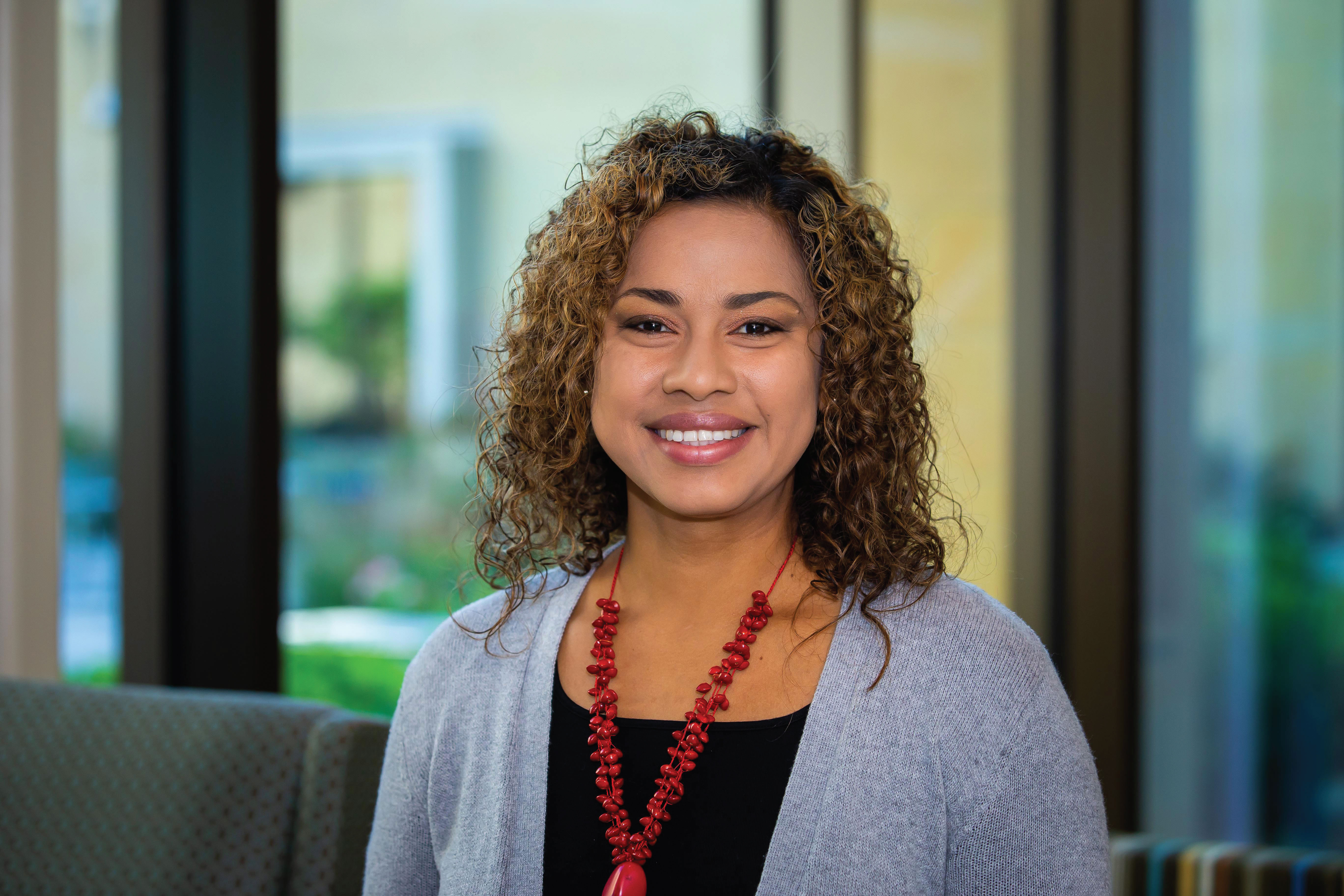Research Shows That Telehealth Has the Power to Meet the Needs of Vulnerable Communities
Telehealth resources have been present in the United States for several decades. Traditionally, clinicians used (https://www.ncbi.nlm.nih.gov/books/NBK207141) telehealth to help rural populations with limited access to care. However, telehealth innovations expand beyond home care coordination. We can use technology to reach even the most remote and vulnerable patients.

One of the inventions that the University of Massachusetts’ team developed addresses emergency nursing in remote areas. The engineers and scientists, including chemical engineer Sarah Perry PhD, kinesiologist Mike Busa, PhD, Aclarity founder and PhD candidate Julie Bliss Mullen, and then-undergraduate student Bryan Chua, BS, built and tested components of a new portable, self-contained system that would filter water that was easier to access during disasters, like bottled or tap water, to medical-grade purity, then add it to sterile bags containing the proper salts, thereby creating new IV fluids right at the point of care.
Some of the most effective technologies emerging to support patients with cancer are projects that started with a focus (https://doi.org/10.1177/1460458219863604) on supporting health and well-being in cancer survivors as defined by their own terms and choices. One example is Helpsy Health (helpsyhealth.com), an artificial intelligence-powered patient navigation symptom management service founded by oncology nurse Sangeeta Agarawal. She spent hundreds of hours caring for and listening to patients who were struggling to get their questions answered. Agarawal recruited some of those patient experts, along with other nurses and a group of multidisciplinary experts, to cocreate a solution driven by their needs and ideas combined with her expertise as a nurse.

Access to patient education is one of the most important interventions oncology nurses can facilitate via telehealth, and personal connections via noncontact interactions can be a meaningful way to connect with patients and caregivers. Oncology nurses can optimize telehealth as a resource for newly diagnosed patients, those in active treatment, survivorship programs, and caregivers providing end-of-life care at home. The most common ways for nurses to communicate via telehealth include phone calls, video visits, and web-based apps.
Another emerging role is a telehealth-designated oncology nurse navigator, also called a telenavigator, whose expertise is in coordinating complex plans of care. Telenavigators combine their knowledge of technology with virtual resources to provide (https://doi.org/10.1188/20.CJON.S1.24-31) the best possible care in a limited in-person environment.
Health care’s rapid changes present unique challenges that require constant evaluation and improvements. Patients’ voices and recommendations must be heard and integrated when adopting new modalities of care. Healthcare professionals must identify gaps in the systems and implement effective strategies to not only expand access but also decrease disparities.
